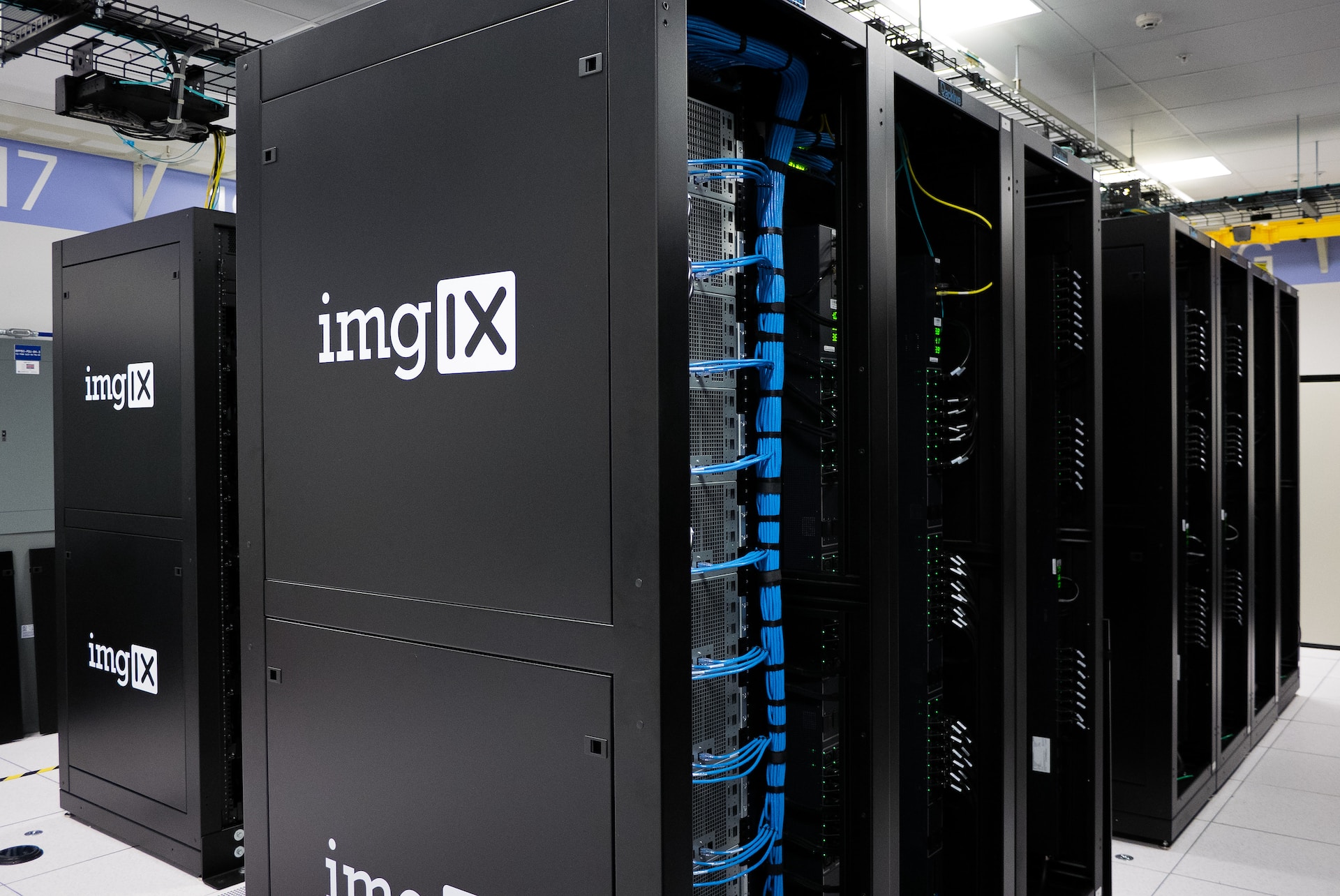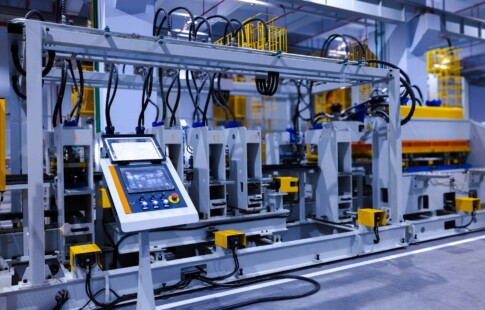
Could Refining Cloud Infrastructure Reduce Data Center Water Usage?
We are reader-supported. When you buy through links on our site, we may earn affiliate commission.
The cloud contains countless photos, videos, and other files people can access at any time. But although it seems nebulous, cloud computing has real roots in huge data centers worldwide, and the servers contained within need water to keep them cool. Because many data centers are located in drought-stressed areas, cloud computing companies have a responsibility to reduce their data center water usage. That’s going to require serious changes.
How Data Centers Keep Servers Cool
Servers run hot. However, high temperatures reduce the machines’ performance and life span, so cooling them down is critical to their function. As cloud computing becomes more popular, data centers have grown much larger to accommodate the extra servers. That means the buildings are warmer than ever before and many are using more water to compensate.
Data centers often use one of two types of cooling to keep things operating smoothly — evaporative cooling, in which water vapor chills the air, or air conditioning units, large systems that cool the building with water or refrigerant.
Air Conditioning Systems
Air conditioning units work well for small buildings, and, in fact, many large data centers still use them to supplement their evaporative cooling systems. Row-based cooling systems contain rows of cooling units that blow air on specific equipment. Staff can position the cooling units between server racks or mount them overhead. There are also rack-based systems that mount cooling units on or within specific racks, while room-based systems use AC units to force air into the equipment room.
As server rooms grow, however, air conditioners become less efficient at lowering the temperature. They’re also expensive, harder to maintain, and use a lot of electricity during their operation. That’s why so many data centers have turned to a different cooling strategy.
Evaporative Cooling
Evaporative cooling — also called liquid cooling — is typically cheaper than running an AC and emits fewer greenhouse gases since it uses less energy. It is, however, a very water-intensive strategy. By some estimates, U.S.-based data centers guzzle 400 million gallons of water daily.
For cities already stricken by low rainfall, record-breaking heatwaves, and increased water consumption, that number is unacceptably high. By 2050, experts predict global water demand will increase by 22-34%, further straining drought-stressed communities.
The ideal solution to cool data centers would be to build them only in cold climates. But data centers have to be close to their customers, and since Earth’s warmest regions are the most populated, that’s where the servers generally are. This strategy allows for easy maintenance and better customer service but reduces cooling efficiency.
Improving Infrastructure
Cloud computing data centers must fundamentally rework their infrastructure to reduce water consumption. This can be an expensive process, but it’s a necessary one, especially in areas facing water use restrictions. Some businesses have even pledged to become water positive — that is, to return more water to the environment than they’re consuming — within the next few years. How can they do it?
- Use Smart Water Meters
Cloud computing companies can implement smart metering systems to monitor their water consumption. Smart meters can not only track water usage but also regulate it as conditions change. For example, a smart meter can automatically boost water output on a warm day and reduce it during cooler weather.
Smart meters also limit data center water usage by detecting leaks. Inside pipes, IoT-connected sensors detect changes in water pressure in real time. When they notice a change like a sudden drop in pressure — which often indicates a burst pipe — they can notify maintenance staff via automated messages. Some smart water meters even close valves at the site of a leak, saving potentially thousands of gallons of water until a repairperson can address the issue.
This type of metering system would hold companies accountable for their water consumption, helping them achieve their environmental goals.
- Increase the Temperature Set Point
Data centers should identify the highest temperature at which their servers could function without reducing their equipment’s longevity or compromising speed.
A data center’s baseline temperature is known as the set point. When trying to reduce data center water usage, the higher the set point, the better. Cloud computing companies can turn up the thermostat for both the air and water in their facilities.
- Take Advantage of Location
It isn’t always feasible to build data centers in colder climates, but what about wetter ones? That’s the idea behind Microsoft’s ongoing Project Natick.
Over one-third of all people — around 2.4 billion individuals — live within 60 miles of the ocean. Project Natick is experimenting with putting data centers directly in the water to keep them cool. Microsoft launched its first underwater data center prototype in 2015. Its next vessel, which it deployed in 2018, stayed in the ocean for over two years. Researchers retrieved it in 2020 for analysis.
The experiment showed that it was feasible to operate a data center underwater and that the ocean naturally kept the servers cool. In the future, perhaps one-third of all data centers could be located in the ocean to both keep them cool and serve the people living nearby.
- Use Different Cooling Systems
Data centers can adopt waterless or water-reduced cooling systems. In a closed-loop cooling system, the water is pumped in and used perpetually, requiring very little additional water over time. The water typically has to be replaced just once a decade or so.
Adiabatic cooling systems cool the air via pressure changes, lowering both water and energy consumption.
- Perform Inspections
Cloud computing centers must regularly inspect their cooling systems. Equipment becomes less efficient as it breaks down over time, requiring more electricity and water to operate. Data centers should use updated equipment to maximize efficiency. Maintenance staff should also check for any leaks or broken equipment that could reduce efficiency.
Data Center Water Usage: A Hot Debate
Reducing data center water usage will take time. Building newer data centers with water conservation in mind and modifying current buildings will go a long way toward achieving that goal. By using carefully designed infrastructure to maximize efficiency, cloud computing centers can use less water, which will save money and honor surrounding communities in the process.
Share on
Like what you read? Join other Environment.co readers!
Get the latest updates on our planet by subscribing to the Environment.co newsletter!
About the author
Jane Marsh
Starting from an early age, Jane Marsh loved all animals and became a budding environmentalist. Now, Jane works as the Editor-in-Chief of Environment.co where she covers topics related to climate policy, renewable energy, the food industry, and more.





